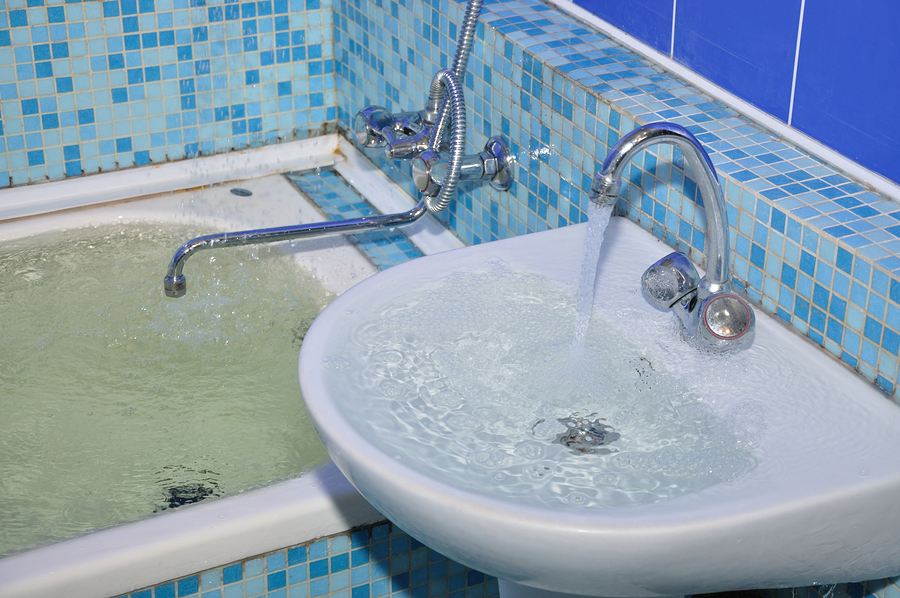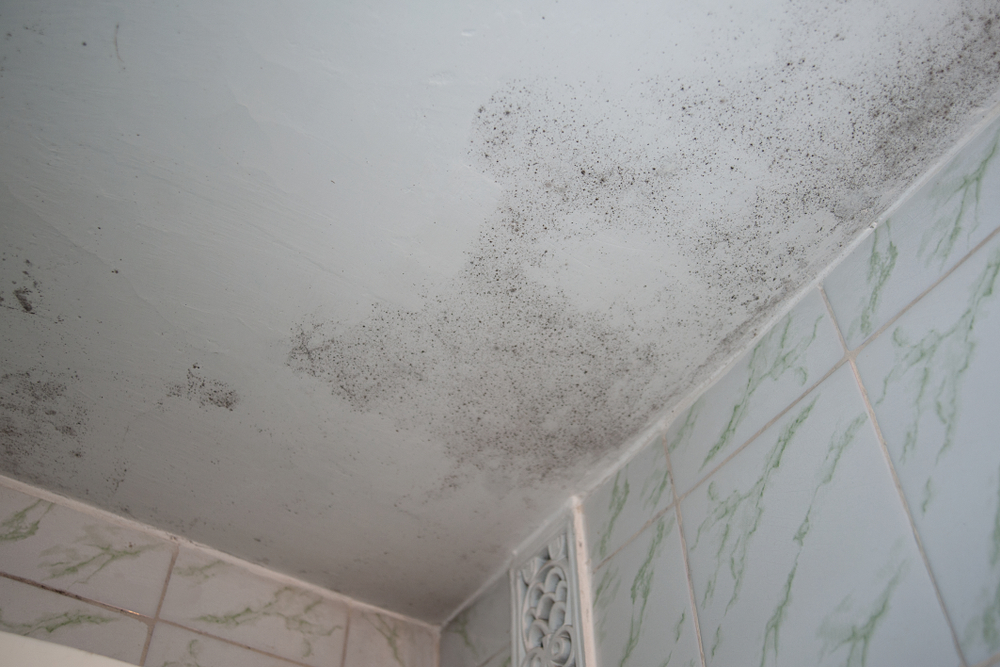They are making a few good annotation relating to How to Repair and Prevent Bathroom Water Damage? overall in this article in the next paragraphs.

Water damage commonly takes place in the restroom due to the water made use of daily. Often, the damages could be a little mold from the shower. Other times, it's large damage on your floor. Whatever it is, it is always excellent to know the cause as well as avoid it before it occurs.
This overview will certainly go through some of the typical root causes of water damage in the shower room. We will certainly additionally examine what you can do to prevent these causes from harming your bathroom. Let's dive in.
These are the common reasons you would have water damage in your shower rooms as well as just how you can detect them:
Excess Dampness
It's cool to have that lengthy shower and splash water while you dance around and act like you're performing, but in some cases these acts might trigger water damage to your restroom.
Sprinkling water around can trigger water to visit corners as well as develop molds. View how you spread out excess dampness around, and also when you do it, clean it up to stop damages.
Splits in your wall surface ceramic tiles
Shower room wall surface ceramic tiles have been specially developed for that purpose. They secure the wall from moisture from people taking showers. However, they are not undestroyable.
Often, your shower room wall tiles split as well as enable some wetness to seep into the wall. This can possibly damage the wall surface if you do not take any type of action. If you notice a crack on your wall surface floor tiles, repair it promptly. Do not wait up until it destroys your wall surface.
Overruning bathrooms and sinks
As humans, occasionally we make blunders that might trigger some water damage in the restroom. For example, leaving your sink faucet on can trigger overflowing and damage to other parts of the washroom with wetness.
Likewise, a faulty commode might trigger overflowing. As an example, a damaged toilet handle or various other parts of the cistern. When this happens, it can damage the floor.
As quickly as you observe an overflowing sink or toilet, call a plumbing professional to assist deal with it quickly.
Ruptured or Leaking Pipelines
There are lots of pipes bring water to various parts of your restroom. Some pipes take water to the bathroom, the sink, the taps, the shower, and also many various other places. They crisscross the little location of the restroom.
Once in a while, these pipes can get corroded as well as ruptured. Other times, human activity could create them to leak. When this takes place, you'll find water in the corners of your washroom or on the wall.
To detect this, watch out for gurgling walls, mold and mildews, or mildew. Call an expert emergency situation plumbing to repair this when it happens.
Roofing Leakages
In some cases, the trouble of water damage to the restroom may not come from the restroom. As an example, a roof leak might create damage to the restroom ceiling. You can identify the damage done by taking a look at the water discolorations on the ceiling.
If you discover water discolorations on your ceiling, check the roofing to see if it's harmed. Then, call an expert to aid address the issue.
Final thought
Water damage to your washroom can be annoying. Nevertheless, you can manage it if you protect against some of the causes mentioned in this overview. Call a specialist emergency plumbing technician if you see any serious damages.
How to Repair a Water-Damaged Wall in the Bathroom
All you need to know to repair bathroom wall water damage – from identifying the water source to finishing the repair professionally. If you don’t act quickly to resolve a water damage problem, you could find that it develops into a mold issue and/or cause structural damage to your home. Follow this guide to repair your bathroom before it's too late.
All you need to know to repair bathroom wall water damage
Water damage is a common household problem, and one that, if left unrepaired, can quickly lead to structural problems and health issues. The two most likely rooms where water damage may occur is the bathroom and the kitchen – where water is used often and there is high humidity.
What is water damage?
It is easy to think of water damage as caused by a flood or leaking tap or burst water pipe. However, when water damage is assessed, there are three main categories into which water falls (as classified by the American National Standards Institute). These categories are defined as:
Category 1 Water – ‘Clear Water’
This is sanitary water. There is usually no major threat to health by washing with this water, drinking it, or inhaling if it is streaming. Most water that enters your home will be category 1 water, while most water leaving your home will be either category 2 or 3 water. It may also come from melting snow, rainwater and water tanks.
Damage caused by this type of water can usually be repaired or restored, though this doesn’t mean that there are no potential health issues.
Category 2 Water – ‘Grey Water’
This is contaminated water – sometimes considerably so – and will cause illness if consumed or if it comes into contact with your skin. Water damage in this category is often caused by overflows from toilet bowls, and damage to washing machines and dishwashers. While damaged items might still be repaired or restored after damage by grey water, it is more difficult and more expensive to do so.
If the water damage in your home has been caused by grey water, it is advisable to have repairs made by professionals.
Over time, grey water will deteriorate and become black water.
Category 3 Water – ‘Black Water’
Category 3 water, also known as black water, is highly contaminated and a great risk to health. This may contain raw sewage, heavy metals, and other toxic substances. It will smell terrible.
If this is the water that has caused damage in your bathroom, do not touch it. Stop the water flowing if possible, seal the room and call the experts: it really isn’t worth the risk of ill health and disease that could be fatal. It is very unlikely that items can be repaired or restored if they have been damaged by black water.
https://www.porterscleaning.com/blog/how-to-repair-a-water-damaged-wall-in-the-bathroom/

As a devoted reader on How to Repair and Prevent Bathroom Water Damage?, I assumed sharing that short article was a good idea. Are you aware of another individual who is fascinated with How to Repair and Prevent Bathroom Water Damage?? Take a moment to share it. Thanks so much for taking the time to read it.
Schedule Your Service